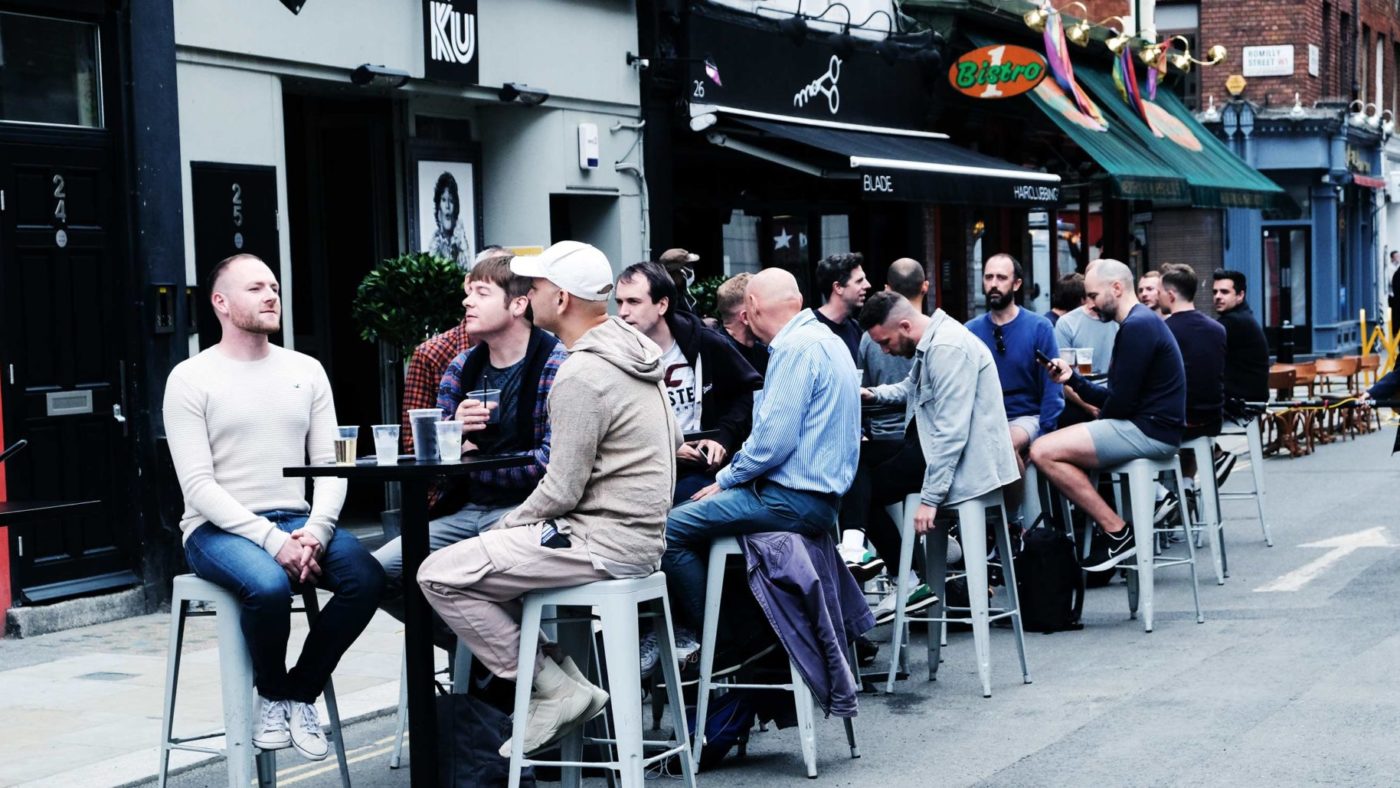All of a sudden, the benefits of living in a big, dense, vibrant city are being questioned. After decades of cheering for public transport, having a private car now looks a distinct advantage. With swathes of central London still closed, those paying exorbitant rents for a shoebox in Zone 1 are gazing enviously at those with a patio somewhere in zone 6. Maybe urban sprawl isn’t such a bad thing after all?
Across the pond, it’s a similar story. “There is a density level in NYC that is destructive,” New York Governor Andrew Cuomo tweeted back in April as he ordered New Yorkers to stay inside, calling for the city to “develop an immediate plan to reduce density”. A New York Times column echoed his warning, calling density the city’s “big enemy in the coronavirus fight”. Pandemics have always been the enemy of dense urban life, argues urbanist Joel Kotkin, who predicts that Covid-19 “will push workers back into their cars and out to the hinterlands”.
This anti-density, anti-urban sentiment may end up being as harmful to cities as the pandemic itself. And it’s all based on the myth that greater density means a higher risk of the virus spreading.
In fact, there seems to be no correlation between urban density and Covid-19 transmission risk. A World Bank study of Chinese cities found the opposite: cities with the highest infection rates were those with relatively low population densities. Statistics from the US also show that density is not a major factor. Some extremely dense cities, such as Singapore, Seoul, and Shanghai, have outperformed many far less populous places when it comes to containing coronavirus.
One reason why larger cities tend to perform better than small cities and suburbs in dealing with the virus is simply that they are wealthier — they have more healthcare and other resources to mobilise when needed. This connection between density and economic development is even stronger for the service sector, which heavily relies on face-to-face-contacts — and which constitutes 91% of the London economy. If Londoners take up New York’s anti-density attitude it could have stark consequences for the British economy.
In a big city density is also the primary catalyst of social capital. In London it has made the grassroots initiatives that have sprung up to deal with the crisis – from food delivery to the elderly to DIY face masks – far easier to operate.
Those kind of schemes are a reminder that ‘social distancing’ is a misnomer. As the urban economist Sanford Ikeda has noted, it’s physical distance that we have to maintain, while trying our best to remain socially close. If the Government wages a war on density it will undermine social ties, which, again, will slow down the recovery.
We need to think about the health implications of urban living too. Dense cities are by definition more walkable. There is always a pub, a park or a cinema a stone’s throw from your office and city-dwellers are less likely to use cars than their suburban and rural counterparts. But in the panic over the novel virus, it’s been easy to forget that air pollution and lack of physical activity kill more Londoners annually than all transmittable diseases put together. If we really want to ease the burden on the NHS we should look beyond the pandemic. A private car is not the answer, a walkable environment is.
Thankfully, there are signs that London’s authorities are taking this on board. Recent announcements suggest that large parts of central London could become car-free after the lockdown – and we’ve already seen how wonderful Soho looks when its streets are turned over to people instead of cars. Two years ago, when Zaha Hadid Architects presented its radical Walkable London plan to create a pedestrian corridor all the way from Hyde Park to Shoreditch, it seemed utopian. But attitudes are shifting — City Hall is now endorsing a pedestrianisation plan which in many ways repeats that daring proposal.
In all of this, we should also remember that anti-density sentiment is nothing new. Similar rhetoric accompanied previous epidemics, such as the 1854 cholera outbreak in London. A week after the 9/11 terrorist attack, two respected urban theorists declared the death of a high-rise, that embodiment of urban density. “We are convinced”, they wrote, “that the age of skyscrapers is at an end. It must now be considered an experimental building typology that has failed. We predict that no new megatowers will be built, and existing ones are destined to be dismantled.”
They reckoned without our inherently human desire to stick together, which ultimately prevailed over the fear of terrorism. Let us hope it prevails over the fear of infection too.
Click here to subscribe to our daily briefing – the best pieces from CapX and across the web.
CapX depends on the generosity of its readers. If you value what we do, please consider making a donation.


